|
Your search criteria found 3914 images Feature Name |
| My List |
Addition Date
|
Target | Mission | Instrument | Size |

|
1999-10-07 | Callisto |
Galileo |
Solid-State Imaging |
1440x669x1 |
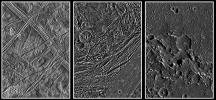
|
|||||

|
1999-10-08 | Mercury |
Mariner Venus Mercury (Mariner 10) |
356x311x1 | |
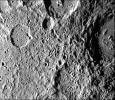
|
|||||

|
1999-10-08 | Mercury |
Mariner Venus Mercury (Mariner 10) |
356x311x1 | |
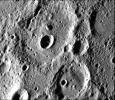
|
|||||

|
1999-10-08 | Mercury |
Mariner Venus Mercury (Mariner 10) |
356x311x1 | |
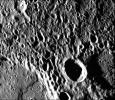
|
|||||

|
1999-10-08 | Mercury |
Mariner Venus Mercury (Mariner 10) |
356x311x1 | |
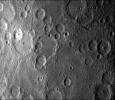
|
|||||

|
1999-10-08 | Mercury |
Mariner Venus Mercury (Mariner 10) |
356x311x1 | |
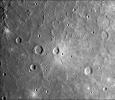
|
|||||

|
1999-10-08 | Mercury |
Mariner Venus Mercury (Mariner 10) |
348x302x1 | |
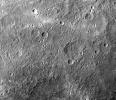
|
|||||

|
1999-10-08 | Mercury |
Mariner Venus Mercury (Mariner 10) |
335x250x1 | |
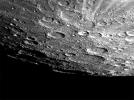
|
|||||

|
1999-10-08 | Mercury |
Mariner Venus Mercury (Mariner 10) |
220x700x1 | |
|
|
|||||

|
1999-10-08 | Io |
Galileo |
Solid-State Imaging |
1040x349x3 |
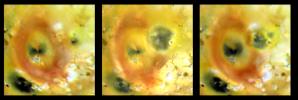
|
|||||

|
1999-10-08 | Io |
Galileo |
Solid-State Imaging |
329x431x3 |

|
|||||

|
1999-10-08 | Io |
Galileo |
Solid-State Imaging |
879x202x1 |

|
|||||

|
1999-10-08 | Io |
Galileo |
Solid-State Imaging |
967x395x3 |
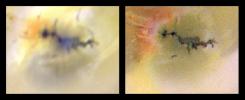
|
|||||

|
1999-10-08 | Io |
Galileo |
Solid-State Imaging |
398x398x3 |
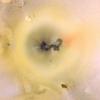
|
|||||

|
1999-10-08 | Io |
Galileo |
Solid-State Imaging |
336x436x3 |

|
|||||

|
1999-10-14 | Io |
Voyager |
VG ISS - Narrow Angle |
512x512x3 |
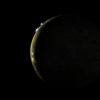
|
|||||

|
1999-10-25 | Io |
Galileo |
Solid-State Imaging |
797x240x1 |

|
|||||

|
1999-11-04 | Io |
Galileo |
Solid-State Imaging |
1969x1684x3 |
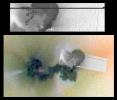
|
|||||

|
1999-11-04 | Io |
Galileo |
Near Infrared Mapping Spectrometer |
959x581x3 |
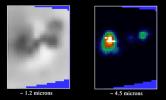
|
|||||

|
1999-11-19 | Io |
Galileo |
Solid-State Imaging |
1114x567x3 |
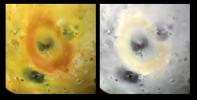
|
|||||

|
1999-11-19 | Io |
Galileo |
Solid-State Imaging |
682x970x3 |

|
|||||

|
1999-11-19 | Io |
Galileo |
Solid-State Imaging |
1079x1211x3 |

|
|||||

|
1999-11-19 | Io |
Galileo |
Solid-State Imaging |
1286x1447x1 |

|
|||||

|
1999-11-19 | Io |
Galileo |
Near Infrared Mapping Spectrometer |
1157x1241x3 |

|
|||||

|
1999-11-19 | Io |
Galileo |
Near Infrared Mapping Spectrometer |
1157x841x3 |
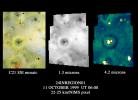
|
|||||

|
1999-11-19 | Io |
Galileo |
Near Infrared Mapping Spectrometer |
841x631x3 |
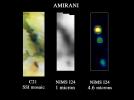
|
|||||

|
1999-12-07 | Mercury |
Mariner Venus Mercury (Mariner 10) |
356x311x1 | |
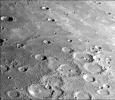
|
|||||

|
1999-12-07 | Mercury |
Mariner Venus Mercury (Mariner 10) |
1780x2414x1 | |

|
|||||

|
1999-12-07 | Mercury |
Mariner Venus Mercury (Mariner 10) |
213x275x3 | |

|
|||||

|
1999-12-17 | Io |
Galileo |
Solid-State Imaging |
1152x613x1 |
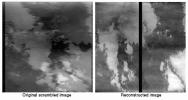
|
|||||

|
1999-12-17 | Io |
Galileo |
Solid-State Imaging |
797x900x3 |

|
|||||

|
1999-12-17 | Io |
Galileo |
Solid-State Imaging |
1152x280x1 |

|
|||||

|
1999-12-17 | Io |
Galileo |
Solid-State Imaging |
797x398x1 |
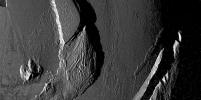
|
|||||

|
1999-12-17 | Io |
Galileo |
Near Infrared Mapping Spectrometer |
800x400x3 |
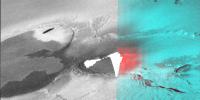
|
|||||

|
1999-12-17 | Io |
Galileo |
688x744x3 | |

|
|||||

|
1999-12-17 | Io |
Galileo |
717x653x3 | |
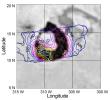
|
|||||

|
1999-12-17 | Io |
Galileo |
Solid-State Imaging |
717x653x3 |
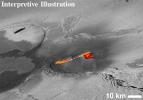
|
|||||

|
1999-12-21 | Earth |
Mariner Venus Mercury (Mariner 10) |
922x749x3 | |

|
|||||

|
1999-12-21 | Moon |
Mariner Venus Mercury (Mariner 10) |
900x900x1 | |
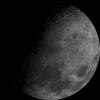
|
|||||

|
2000-01-14 | Mercury |
Mariner Venus Mercury (Mariner 10) |
356x311x1 | |
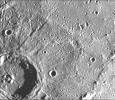
|
|||||

|
2000-01-14 | Mercury |
Mariner Venus Mercury (Mariner 10) |
356x311x1 | |
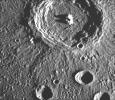
|
|||||

|
2000-01-14 | Mercury |
Mariner Venus Mercury (Mariner 10) |
356x311x1 | |
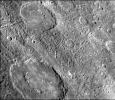
|
|||||

|
2000-01-14 | Mercury |
Mariner Venus Mercury (Mariner 10) |
356x311x1 | |
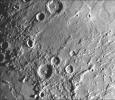
|
|||||

|
2000-01-14 | Mercury |
Mariner Venus Mercury (Mariner 10) |
356x311x1 | |
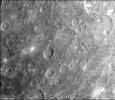
|
|||||

|
2000-01-14 | Mercury |
Mariner Venus Mercury (Mariner 10) |
356x311x1 | |
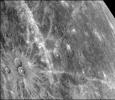
|
|||||

|
2000-01-15 | Mercury |
Mariner Venus Mercury (Mariner 10) |
356x311x1 | |
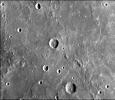
|
|||||

|
2000-01-15 | Mercury |
Mariner Venus Mercury (Mariner 10) |
356x311x1 | |
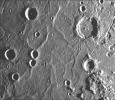
|
|||||

|
2000-01-15 | Mercury |
Mariner Venus Mercury (Mariner 10) |
356x311x1 | |
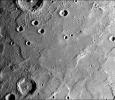
|
|||||

|
2000-01-15 | Mercury |
Mariner Venus Mercury (Mariner 10) |
356x311x1 | |
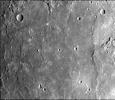
|
|||||

|
2000-01-15 | Mercury |
Mariner Venus Mercury (Mariner 10) |
356x311x1 | |
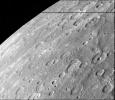
|
|||||

|
2000-01-15 | Mercury |
Mariner Venus Mercury (Mariner 10) |
356x311x1 | |
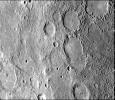
|
|||||

|
2000-01-15 | Mercury |
Mariner Venus Mercury (Mariner 10) |
356x311x1 | |
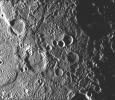
|
|||||

|
2000-01-15 | Mercury |
Mariner Venus Mercury (Mariner 10) |
356x311x1 | |
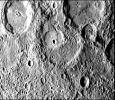
|
|||||

|
2000-01-15 | Mercury |
Mariner Venus Mercury (Mariner 10) |
356x311x1 | |
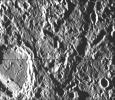
|
|||||

|
2000-01-15 | Mercury |
Mariner Venus Mercury (Mariner 10) |
356x311x1 | |
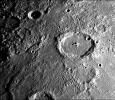
|
|||||

|
2000-01-18 | Mercury |
Mariner Venus Mercury (Mariner 10) |
356x311x1 | |
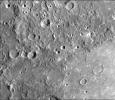
|
|||||

|
2000-01-18 | Mercury |
Mariner Venus Mercury (Mariner 10) |
356x311x1 | |
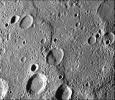
|
|||||

|
2000-01-18 | Mercury |
Mariner Venus Mercury (Mariner 10) |
356x311x1 | |
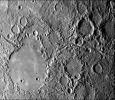
|
|||||

|
2000-01-18 | Mercury |
Mariner Venus Mercury (Mariner 10) |
450x300x1 | |
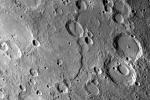
|
|||||

|
2000-01-18 | Mercury |
Mariner Venus Mercury (Mariner 10) |
356x311x1 | |
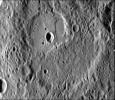
|
|||||

|
2000-01-19 | Mercury |
Mariner Venus Mercury (Mariner 10) |
7200x5000x1 | |
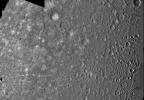
|
|||||

|
2000-01-26 | Mercury |
Mariner Venus Mercury (Mariner 10) |
7200x5000x1 | |
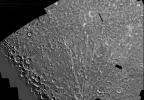
|
|||||

|
2000-02-07 | Rhea |
Voyager |
VG ISS - Narrow Angle |
870x640x3 |
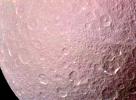
|
|||||

|
2000-02-16 | Triton |
Voyager |
VG ISS - Narrow Angle |
800x800x3 |
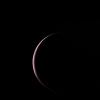
|
|||||

|
2000-03-06 | Io |
Galileo |
Solid-State Imaging |
1152x807x3 |
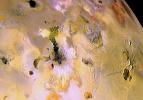
|
|||||

|
2000-03-06 | Io |
Galileo |
Solid-State Imaging |
712x900x3 |

|
|||||

|
2000-03-06 | Europa |
Galileo |
Solid-State Imaging |
900x900x1 |
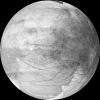
|
|||||

|
2000-03-16 | Titan |
Voyager |
VG ISS - Narrow Angle |
485x580x3 |

|
|||||

|
2000-03-23 | Io |
Voyager |
VG ISS - Narrow Angle |
795x795x1 |
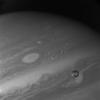
|
|||||

|
2000-04-01 | Mercury |
Mariner Venus Mercury (Mariner 10) |
7200x5000x1 | |
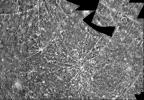
|
|||||

|
2000-04-06 | Phoebe |
Voyager |
VG ISS - Narrow Angle |
200x400x1 |

|
|
||||

|
2000-04-19 | Io |
Galileo |
Solid-State Imaging |
799x739x3 |
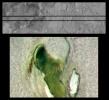
|
|||||

|
2000-04-19 | Io |
Galileo |
Solid-State Imaging |
769x774x3 |
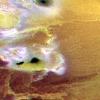
|
|||||

|
2000-04-24 | Amalthea |
Galileo |
Solid-State Imaging |
490x1190x1 |
|
|
|||||

|
2000-04-24 | Amalthea |
Galileo |
Solid-State Imaging |
748x381x1 |
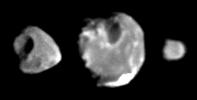
|
|||||

|
2000-04-24 | Amalthea |
Galileo |
Solid-State Imaging |
860x410x1 |
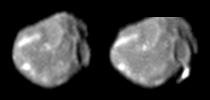
|
|||||

|
2000-05-13 | Mars |
Mars Global Surveyor (MGS) |
Mars Orbiter Camera (MOC) |
705x512x3 |
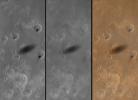
|
|||||

|
2000-05-13 | Mars |
Mars Global Surveyor (MGS) |
Mars Orbiter Camera (MOC) |
836x2986x1 |
|
|
|||||

|
2000-05-18 | Io |
Galileo |
Near Infrared Mapping Spectrometer |
1000x1200x3 |

|
|||||

|
2000-05-18 | Io |
Galileo |
Near Infrared Mapping Spectrometer |
1192x784x3 |
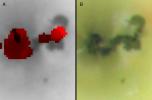
|
|||||

|
2000-05-18 | Io |
Galileo |
Near Infrared Mapping Spectrometer |
2000x2028x3 |

|
|||||

|
2000-05-18 | Io |
Galileo |
Near Infrared Mapping Spectrometer |
504x604x3 |

|
|||||

|
2000-05-18 | Io |
Galileo |
Solid-State Imaging |
881x778x3 |
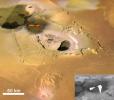
|
|||||

|
2000-05-18 | Io |
Galileo |
Photopolarimeter-Radiometer |
710x746x3 |

|
|||||

|
2000-05-18 | Io |
Galileo |
Photopolarimeter-Radiometer |
1225x827x3 |

|
|||||

|
2000-05-18 | Io |
Galileo |
Near Infrared Mapping Spectrometer |
1060x767x3 |
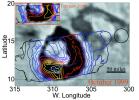
|
|||||

|
2000-05-23 | S Rings |
Voyager |
VG ISS - Narrow Angle |
266x188x1 |
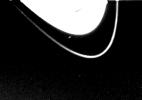
|
|||||

|
2000-05-23 | Rhea |
Voyager |
VG ISS - Narrow Angle |
551x739x1 |

|
|||||

|
2000-05-23 | Dione |
Voyager |
VG ISS - Narrow Angle |
516x457x1 |
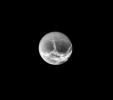
|
|||||

|
2000-05-23 | Mimas |
Voyager |
VG ISS - Narrow Angle |
363x403x1 |

|
|||||

|
2000-05-23 | Rhea |
Voyager |
VG ISS - Narrow Angle |
796x796x1 |
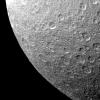
|
|||||

|
2000-05-23 | Mimas |
Voyager |
VG ISS - Narrow Angle |
458x459x1 |
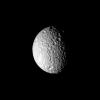
|
|||||

|
2000-05-23 | Rhea |
Voyager |
VG ISS - Narrow Angle |
396x388x1 |
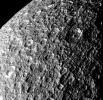
|
|||||

|
2000-05-23 | Tethys |
Voyager |
VG ISS - Narrow Angle |
800x800x1 |
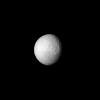
|
|||||

|
2000-05-25 | Callisto |
Voyager |
VG ISS - Narrow Angle |
797x797x1 |
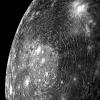
|
|||||

|
2000-05-25 | Ganymede |
Voyager |
VG ISS - Narrow Angle |
786x1722x1 |
|
|
|||||

|
2000-05-25 | Saturn |
Voyager |
VG ISS - Narrow Angle |
354x384x1 |

|
|||||

|
2000-05-31 | Io |
Galileo |
Solid-State Imaging |
800x800x3 |
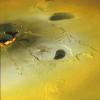
|
|||||

|
2000-05-31 | Io |
Galileo |
Solid-State Imaging |
1152x605x1 |
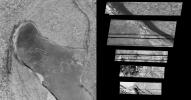
|
|||||

|
2000-05-31 | Io |
Galileo |
Solid-State Imaging |
876x900x3 |

|
|||||

|
 |
 |
 |
 |
 |
 |
 |
 |
 |
 |

|
| 1-100 | 101-200 | 201-300 | 301-400 | 401-500 | 501-600 | 601-700 | 701-800 | 801-900 | 901-1000 |
| Currently displaying images: 401 - 500 of 3914 |